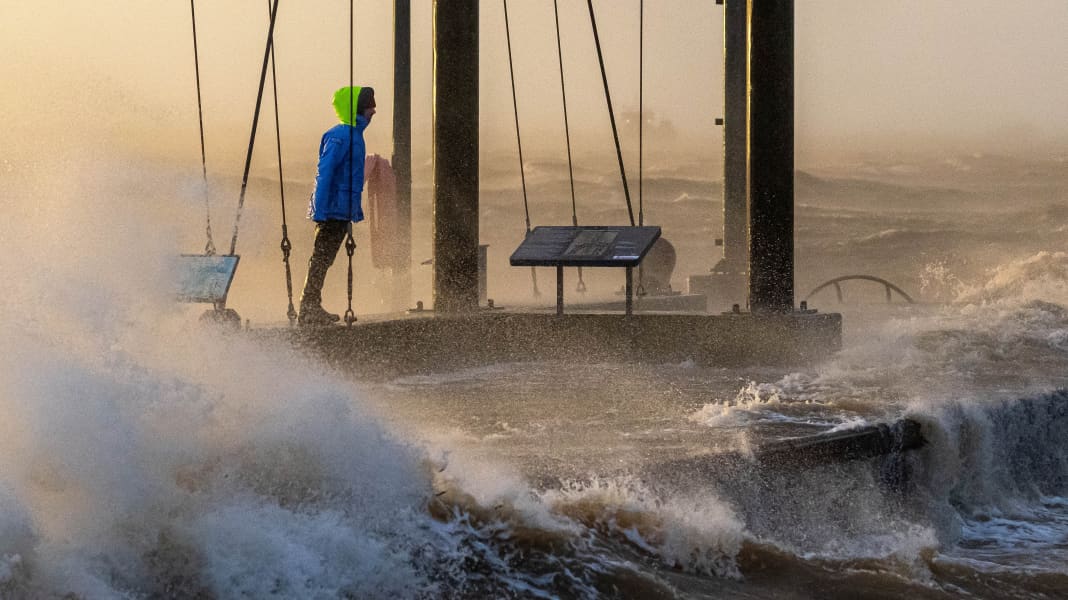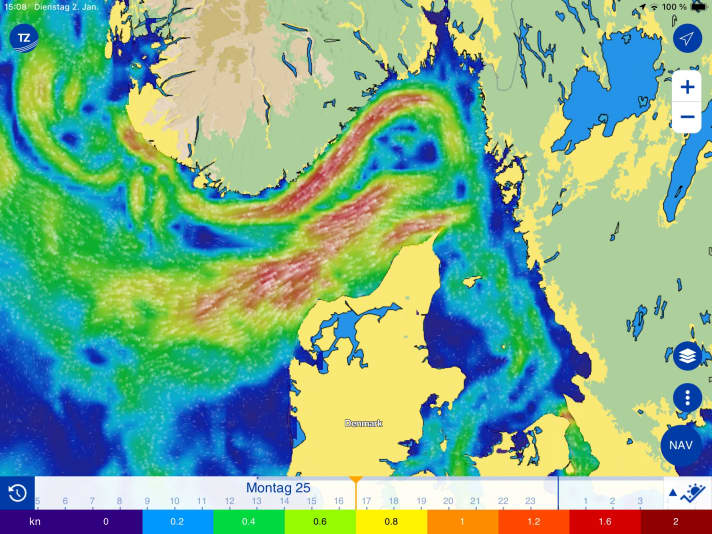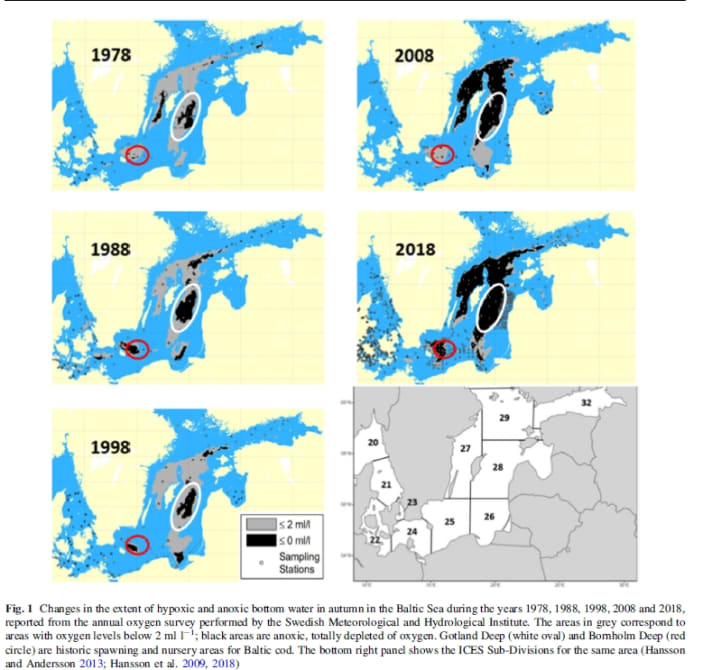
It may sound strange to many, but if the Baltic Sea is to do well, it needs the water from the North Sea. More precisely, the very oxygen-rich, more saline deep water. As an inland sea, which is also often shallow, the Baltic Sea has been suffering from increasing oxygen depletion for centuries. This occurs because the excessively nutrient-rich water forms a lot of algae in summer, which then die off later in the year, sink to the bottom and begin to rot there. This results in a lack of oxygen. This has been a huge problem in the Baltic Sea for years and has led to "death zones" the size of a square kilometre at the bottom, where life is no longer possible. This is also dramatically decimating fish stocks, such as cod.
The Baltic Sea is therefore biologically dependent on a regular, strong influx of cold, much saltier North Sea water. Especially at depth. This mixes and displaces the oxygen-poor water at the bottom.
This is precisely the process observed by the Leibniz Institute before Christmas, as reported by the BSH: "The autonomous measuring station Darßer Schwelle operated by the BSH has been measuring a strong inflow of salty water throughout the water column since 20 December 2023. This is one of the strongest saltwater intrusions since 2014."

On top of this, there were also long south-easterly winds before "Zoltan", which had previously pushed the water out of the Baltic Sea and significantly lowered the water level. The return current, fuelled by the hurricane, was all the stronger. This allowed oxygen-poor deeper basin areas such as the Gotland Basin to be aerated with oxygen. This at least temporarily prevented the formation of toxic hydrogen sulphide at the bottom.

For decades, marine biologists had observed that these inflow events had become fewer and weaker and that the formation of algae in the Baltic Sea was becoming increasingly dramatic at the same time because too many nutrients were being introduced from agriculture and wastewater. We can only hope that the current strong influx will perhaps improve the situation somewhat.
